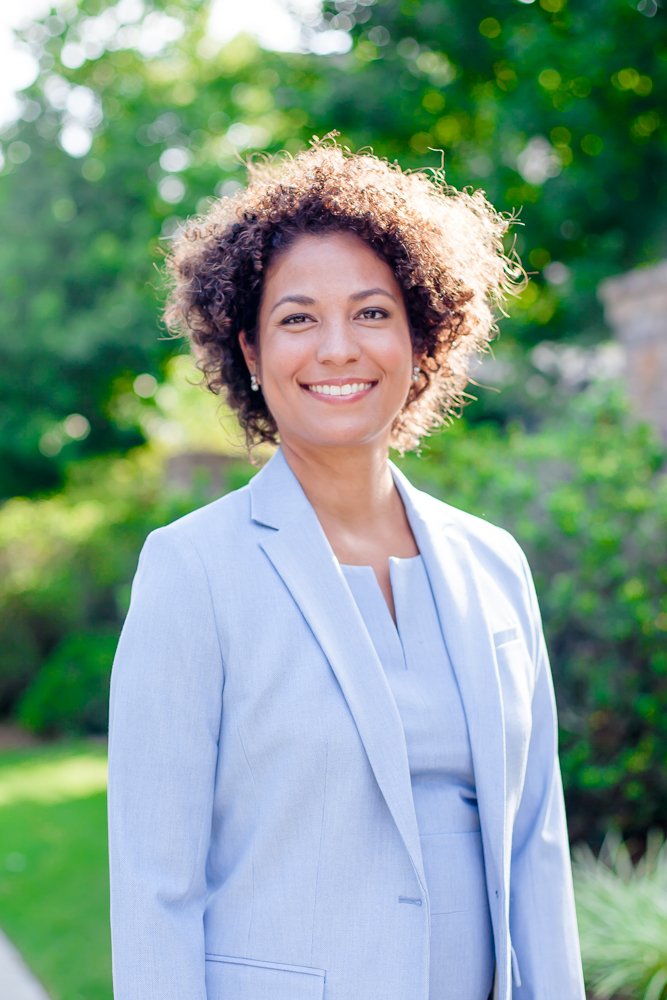Esther Graff-Radford
My first time inside an immigration detention facility was when my friend Marilyn McGinnis asked me to volunteer for a weekend at El Refugio, a nonprofit in Lumpkin, GA that serves detainees and their families at Stewart Detention Center. Stewart is one of the largest, if not the largest, for-profit immigration detention facilities in the country. Nonprofits like Project South have documented appalling, sometimes deadly conditions there. El Refugio provides detainees’ families a safe, free place to stay while visiting Lumpkin, provides resources to recently released detainees, and maintains a system of humanitarian visits, letters, books, and conditions monitoring. I spent time there visiting with a Haitian detainee and watching families wait all day for an hour with daddy or husband or uncle or son through a pane of glass, talking over a scratchy prison phone. I learned what was needed from lawyers like the ever-generous Marty Rosenbluth and the Southern Poverty Law Center’s (SPLC) On-the-Ground staff in Lumpkin. The experience was profound; I felt compelled to act. The next week I called the SPLC and registered as a volunteer through the Immigration Justice Campaign. One problem: I was a homeschooling mom without a law firm. I solved that problem by starting my own firm in conjunction with Lawyers for Equal Justice, a nonprofit incubator here in Atlanta that helps solo practitioners with a heart for access-to-justice issues start their firms.
I speak French, so I asked the SPLC to connect me with a French-speaking client. My first client was a young West African teen who was forced to flee for his life after he rejected his family’s extreme version of Islam. He had been nearly beaten to death, suffering horrific scarring and permanent injury. He was rescued by a neighbor and, after a long hospitalization, he fled to live with complete strangers in a remote village. Still, his persecutors hunted him down, and at 17 he fled for his life to the U.S. via an arduous trek through Central America and Mexico. He has been detained ever since, and passed his 19th birthday in immigration prison.
My client is detained about 5 hours from my office, so we have only met once in person. (I wore one of my favorite colorful, poufy West African dresses for the occasion; I’m not sure the guards quite believed I was an attorney.) But I have gotten to know him well via countless Skype meetings, and I have grown very fond of him. He looks like he could be my son: a skinny brown kid who loves to read and learn languages and whose fondest wish is to get an education and travel the world learning. In the 1.5 years that he has been detained, he has taught himself two new languages, learned to read from scratch, and is now devouring biographies and Isabel Allende novels in his newly-acquired Spanish. He’s convinced me to read La Ciudad de las Bestias in Spanish so we can talk about it during our legal calls, so now I’m meeting my goal of improving my Spanish, too! He tells me every time we talk that knowing that I’m his lawyer and that he can count on my help gives him hope to keep going and keeps him from getting depressed.
I knew nothing about immigration law when I took this case. Nothing- not even the legal definition of refugee. You can do this from zero. The SPLC attorneys and Ilana Greenstein, the Immigration Justice Campaign’s technical assistance expert, have been so generous with their teaching energy, and patient in mentoring me through questions large and small. AILALink and the Justice Campaign training resources offer massive amounts of knowledge, broken down by specific subject matter and stage of proceedings. I’m incredibly proud of what I’ve learned and the high-quality work I’ve done for my client. A year ago I didn’t know the definition of a refugee, and now I’ve appeared at a Master Calendar hearing, filed an I-589 application for asylum, withholding of removal, and protection under the Convention Against Torture, represented a client at an individual asylum merits hearing, identified the issues for appeal, and drafted and filed a Board of Immigration Appeals (BIA) appellate brief. My first asylum client’s appeal is currently pending before the BIA.
Asylum success rates aren’t great anywhere. In Atlanta, they are abysmal, somewhere around a 2% approval rate. I knew when I started this work that it might be a while before I could celebrate a win. Sometimes it’s emotionally paralyzing to realize that a life - a wonderful, clever, optimistic, teenager’s life- depends on this work and that the odds are stacked against us. I’ve cried. But the alternative to me showing up is that a teenager fights for his life alone, in a language he barely speaks, in a legal system he doesn’t understand. Just by being his lawyer and doing my best, I make a huge difference in his experience of this process and his level of hope. I can’t promise my client that he’ll win relief. I can promise him that I will do my best for him and not abandon his case. And I can promise him that he won’t walk through this alone.
Esther Graff-Radford is the owner of Graff-Radford Law, LLC, an asylum and civil litigation firm. She’s also a gardener, naturalist, chocoholic, writer, obsessive reader, language collector, and homeschooling mom of three. Other than her law office, the library and the forest are her favorite places. Kryptonites: over caffeinating, math anxiety, and traffic circles.

